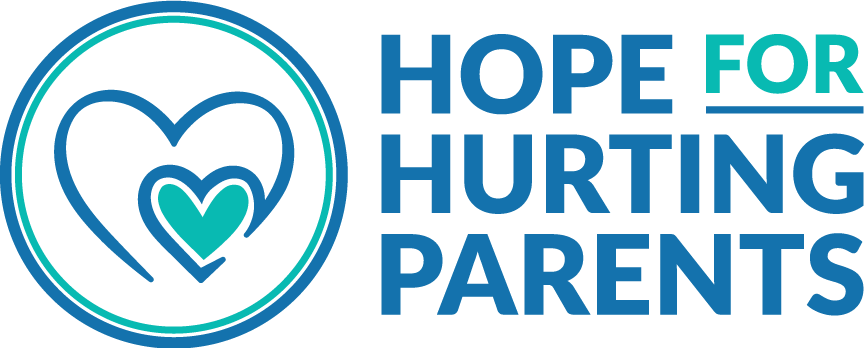 Today’s blog is part 2 from Wednesday, January 28th. It was written by Stacy Flury for parents of teens who struggle with self-injury. Her blog is Anchor of Promise. In part 2 she talks about the warning signs, reasons behind why self-harmers hurt themselves and what they can do.
Today’s blog is part 2 from Wednesday, January 28th. It was written by Stacy Flury for parents of teens who struggle with self-injury. Her blog is Anchor of Promise. In part 2 she talks about the warning signs, reasons behind why self-harmers hurt themselves and what they can do.
So parents ask, “What are the signs of self-harm?”
It is very difficult to catch a self-harmer. They can hide it easily or explain it away to some other excuse such as an accidental injury. My daughter had often used the excuse of scratches from our cat. However, the differences in a cat scratch and a human self-inflicted scratch are different. Here are a few other warning signs.
1. Covering of the body.
2. Unexplained reasons for bruising and cuts
3. Numerous amounts of scarring, burning, cuts within a period of time
4. Broken bones too often
5. Finding sharp objects in the room such as knives, razor blades, pins, tweezers
6. Wearing jewelry such as leather wide wrist straps around ankles and wrists
7. Involved in Subcultures such as Emo where it is accepted (note: not all Emo’s self-harm but it is more prevalent among this subculture than others)
Often difficult to understand can be a parent’s worst nightmare as well as not knowing the root of why it started. If you feel that you do have a teen that is self-harming, do not panic and do not belittle the teen for self-harming.
Parents can often feel blame or shame when they discover their pre-teen or teenager suffering with a self-injury disorder. It is more important to get help for your teen than to try to comprehend why they do it or get angry at them for doing it.
You can share your concerns of safety as well as letting them know that you will be getting them help. However, do not try to diagnose them or counsel them on your own. They will most likely shut down on you or self-injure more to cope after being exposed.
First point of action is to get a counselor/therapist who deals with self-harm/self-injury. Let the professionals guide you in how to be a support to your teen while getting help and moving forward in the healing process. Like all issues of addictions/disorders, time is the only answer along with a good support team and seeking God’s help and counsel in your time of need.
It is highly encouraged for you as the parent(s) involved to also get counsel. It is a family issue, not just a teen issue. The more the family is involved, the more the healing can take place.
As a parent of a teen who was once a self-harmer, it took a year before things really changed. With new coping skills in place, my teen is a more confident person in learning how to get through difficult times and problems knowing that self-harm is not the answer.
Remember more than anything, love them. Love them exactly where they are at – self-harming and all.
My daughter said that one of the reasons why she stopped self-harming was because she saw how brokenhearted and concerned I was and yet I kept telling her over and over how much I loved her despite my disappointment.
They need to know that they have a safety net to go to. The only way they will communicate how they feel is when they know they won’t be condemned or judged. Remember, self-injury is just a symptom of something deeper going on.
Resources to help parents get direction and support:
Mercy Ministries – Help for those who Self-Harm
Self-Injury Resources and Help
Lord, please help parents with children who self harm grow in their understanding of their child, be able to talk to them honestly, encourage them to get help and find new strength on their journey.
“You hear, O Lord, the desire of the afflicted (those who suffer); you encourage them, and you listen to their cry . . . (Psalm 10:17).”

0 Comments